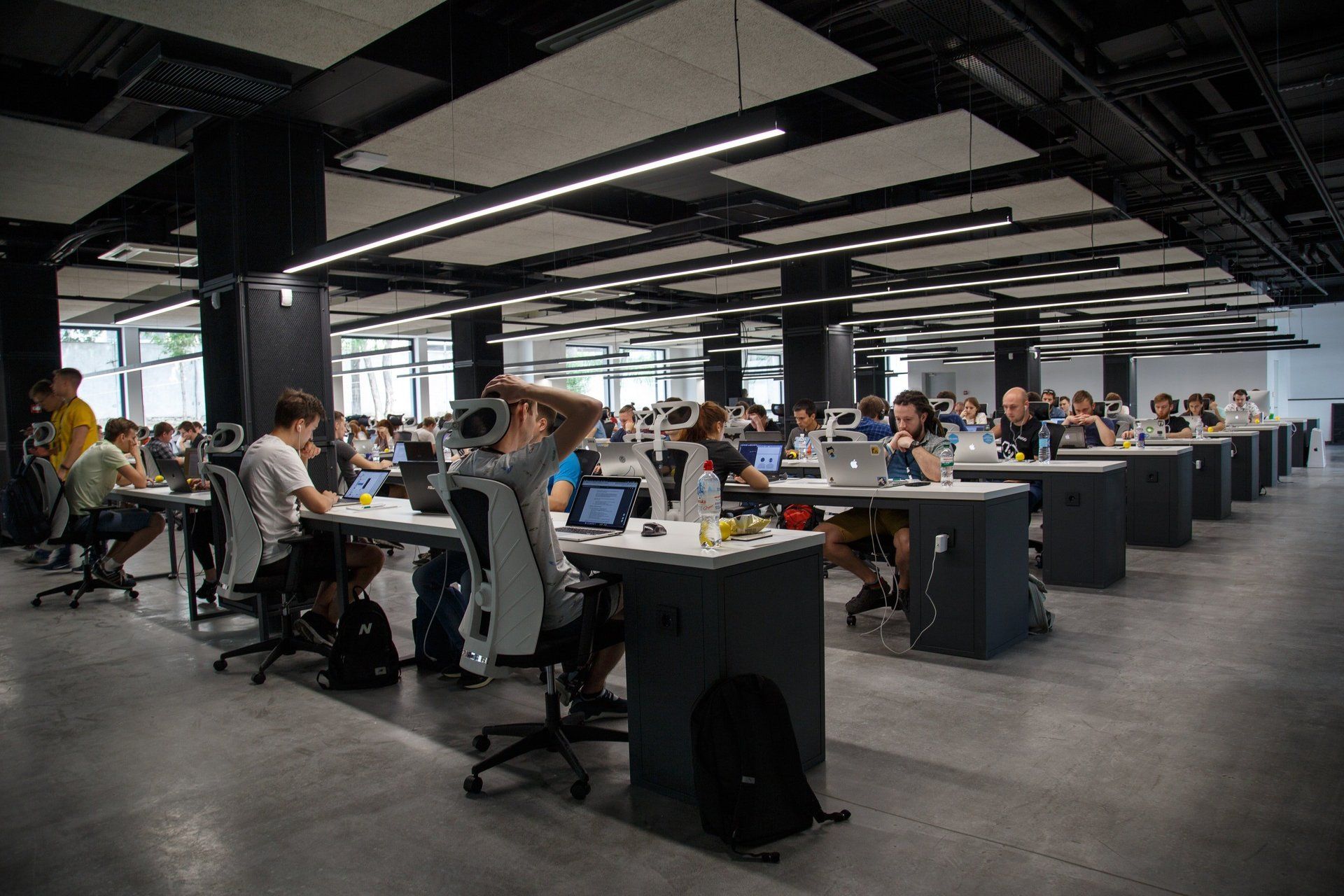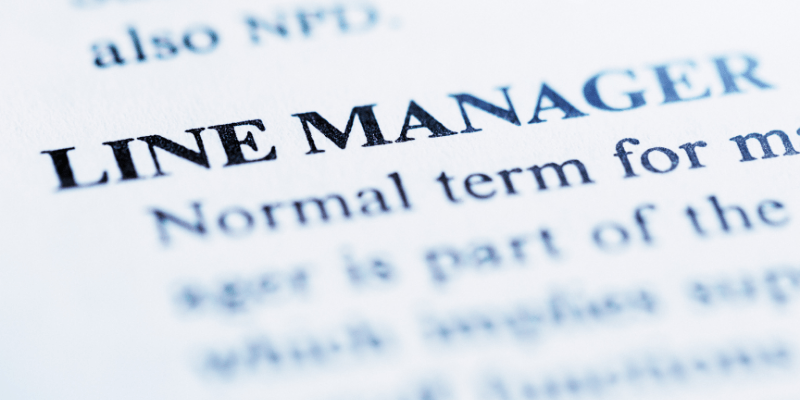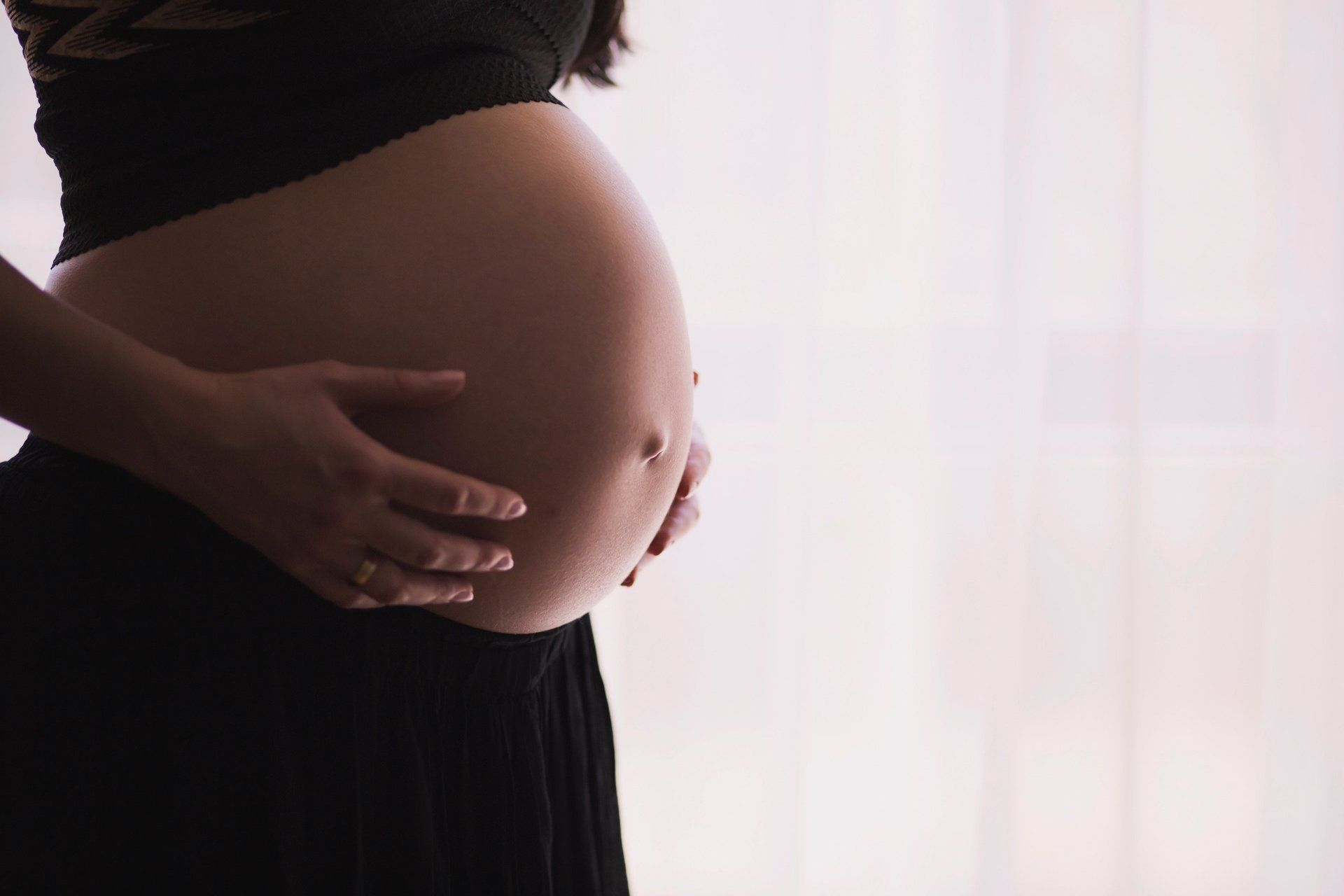Risk assessments for pregnant employees
Here we look at the risk assessments needed, and what is expected of an employer if significant risk is identified, whilst looking at the considerations needed relating to COVID.

It is important to take into consideration workplace conditions and ever-changing working environments and pregnancy stages for pregnant workers. Here we look at the risk assessments needed, and what is expected of an employer if significant risk is identified, whilst looking at the considerations needed relating to COVID.
Risk assessments for pregnant workers less than 26 weeks pregnant
All pregnant workers (in this instance pregnant refers to pregnant women who are less than 26 weeks pregnant) must undertake a workplace risk assessment with their employer and/or occupational health team. This should be conducted by employers immediately upon receipt of the employee’s written notice of pregnancy, and regular reviews throughout the employee’s pregnancy should be conducted.
Where a significant health and safety risk is identified for pregnant workers, employers are expected to adjust the working conditions for the pregnant employee. This could include reducing/ changing hours to remove the risk, where practicable or when alternative solutions/ work is not available.
Risk assessments for pregnant workers who are 26+ weeks pregnant
All pregnant workers (in this instance pregnant refers to pregnant women who are 26+ weeks pregnant) need additional consideration regarding the increased risk COVID-19 poses to pregnant women from 26 weeks pregnant and beyond.
Clinical data suggests that risk of complications from COVID increases from around 26 weeks’ gestation. Therefore, as part of the workplace risk assessment, specific mention and consideration of COVID is required for those in the later stages of pregnancy.
In addition to the usual workplace COVID policies that may be in place for the workplace, pregnant workers should be supported by their employer to minimise any risks outlined in the risk assessment. This should include ensuring adequate ventilation, good hygiene and cleaning, and regular lateral flow testing.
Whilst the risk assessment states that it is safe to do so, pregnant workers should continue working within the amended working conditions outlined. It is also important for pregnant workers to be satisfied with the result of the risk assessment and conditions implemented as a result.
Where a significant health and safety risk is identified for pregnant workers, employers are expected to adjust the working conditions for the pregnant employee. This could include reducing/ changing hours to remove the risk, where practicable or when alternative solutions/ work is not available. The extent of the risk will also depend upon the industry, workplace setting and exposure to COVID.
What if changes cannot be made to a worker’s conditions?
If following the risk assessment, a pregnant worker is identified as having a significant health and safety risk, changes to their working conditions should be made. In instances where this is not possible, the employer may need to suspend the pregnant worker on full pay.
Useful Information
Government guidance on COVID infection prevention and control
Health and Safety Executive Guidance
Contact us for more information on how you can protect and support your pregnant employees.











